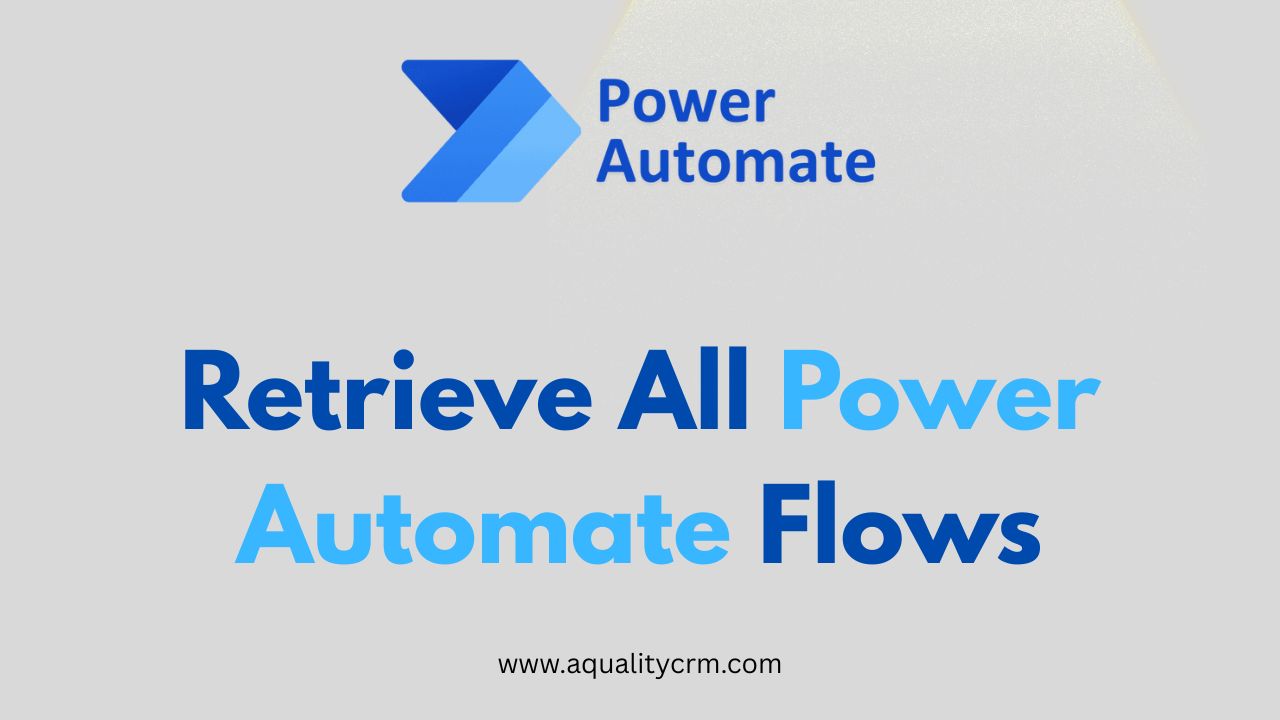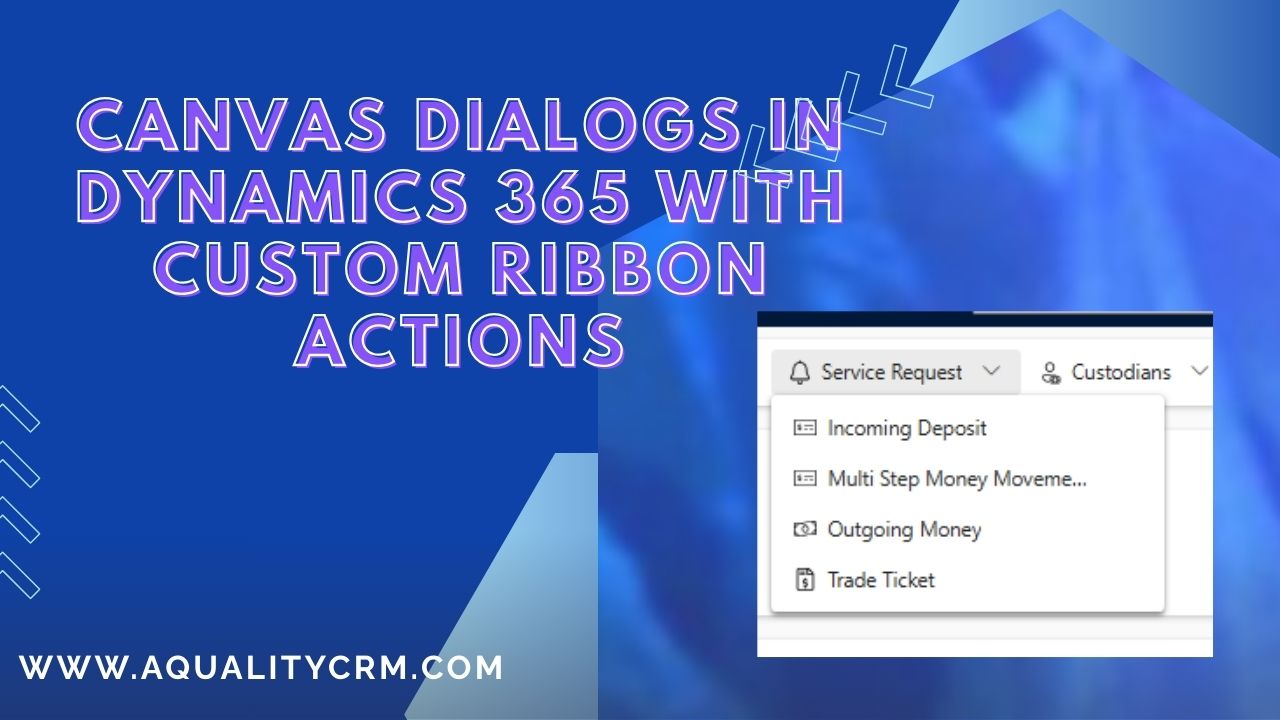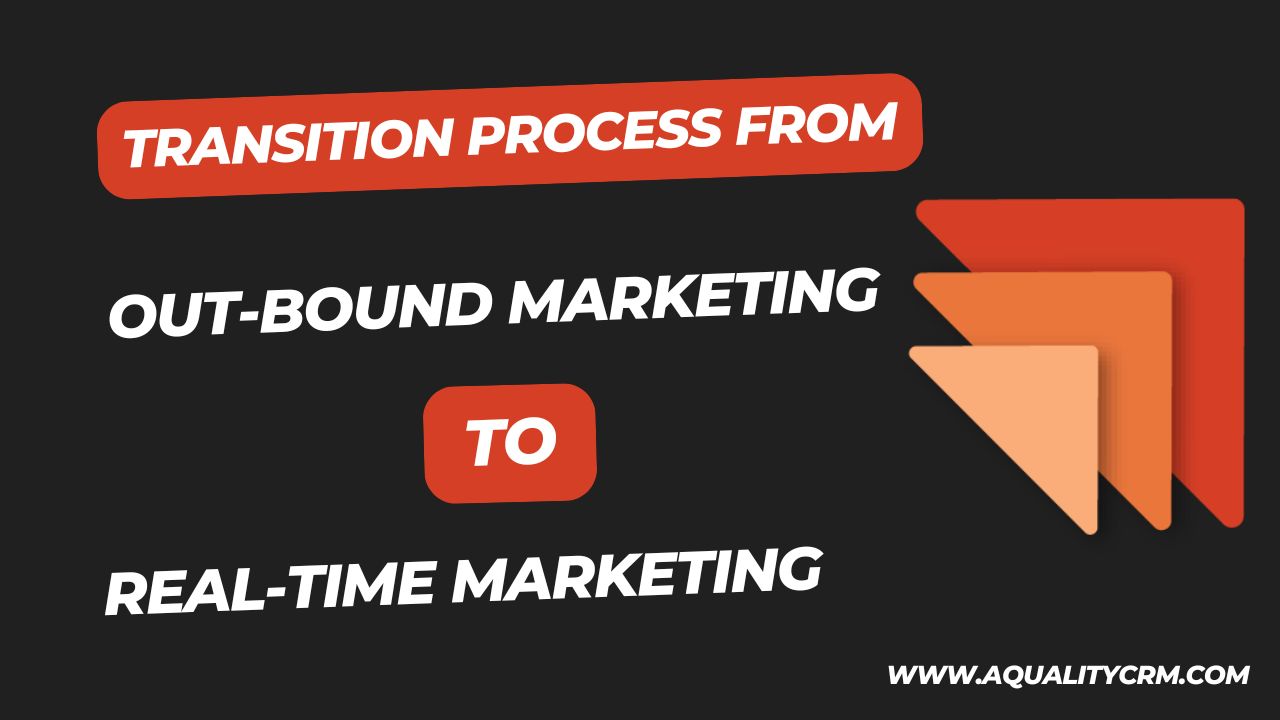Power Automate (formerly known as “Flow”) is a powerful automation tool within Microsoft 365. Admins may need to audit every Flow created by users across a tenant—for instance, for governance, security reviews, or license management.
This guide will walk you through how to list all Flows in your tenant using PowerShell and export the results to CSV for easy analysis.
What You’ll Need
-
Global Administrator or Power Platform Administrator rights
-
PowerShell with these modules installed:
-
Microsoft.PowerApps.Administration.PowerShell(admin-level commands) -
Microsoft.PowerShell.Utility(for CSV export)
-
Install the Admin PowerShell Module
Install-Module -Name Microsoft.PowerApps.Administration.PowerShell
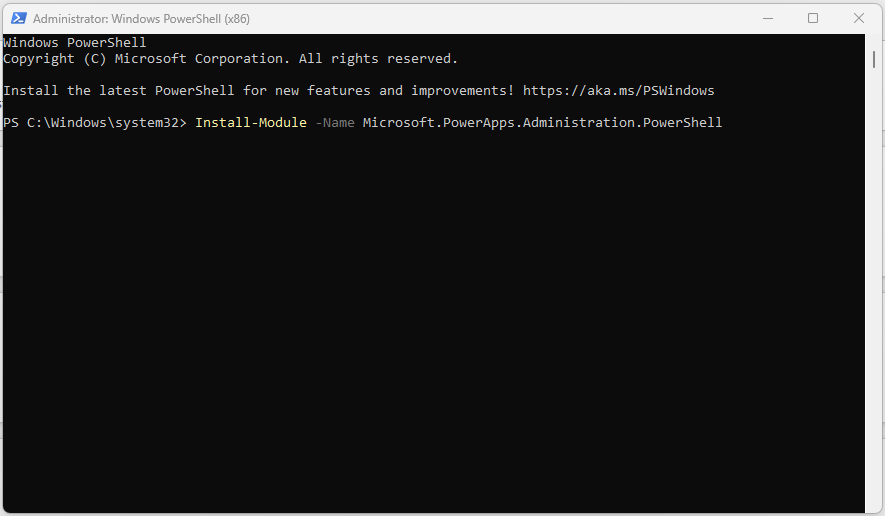
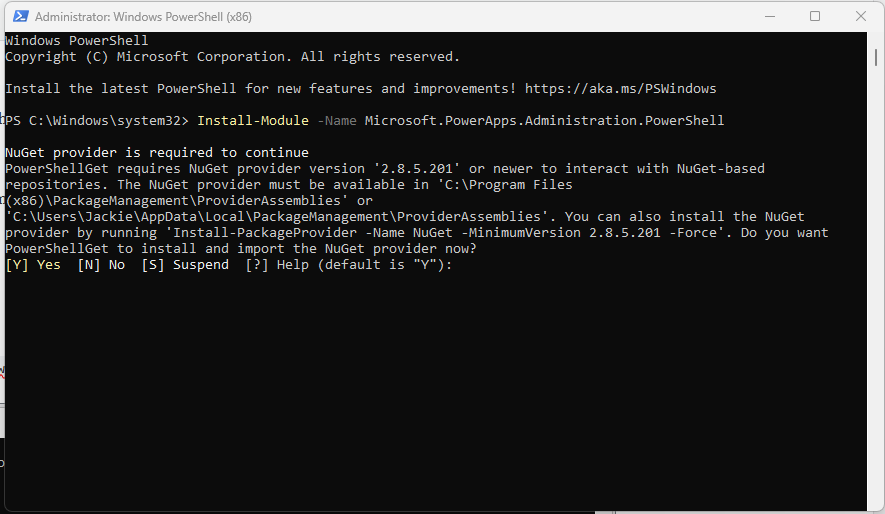
This installs the admin-level cmdlets for managing Power Platform resources.
Connect with Appropriate Credentials
Run any of the admin commands (shown below), and a sign-in prompt will open. Use your tenant admin credentials to authenticate.
Retrieve All Tenant Flows
Use:
$allTenantFlows = Get-AdminFlow
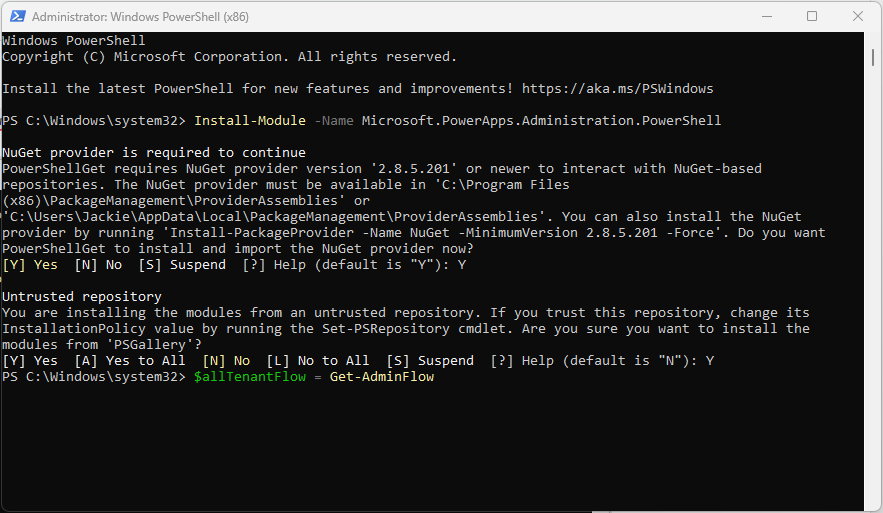
This retrieves every Flow across all environments in your tenant.
Select Key Properties and Export to CSV
Extract only the most relevant details and export them for analysis:
$allTenantFlows |
Select-Object DisplayName, FlowName, EnvironmentName,
CreatedTime, LastModifiedTime |
Export-Csv -Path "C:\Temp\AllTenantFlows.csv" -NoTypeInformation
Be sure to update the output path as needed.
Result
You’ll get a CSV file with rows like this:
| DisplayName | FlowName | EnvironmentName | CreatedTime | LastModifiedTime |
|---|---|---|---|---|
| “Welcome Email” | Welcome_Email | Prod-Environment | 2025‑05‑03T12:34:56Z | 2025‑07‑10T09:21:43Z |
| “Sync Contacts” | Sync_Contacts | Dev-Environment | … | … |
Why This Matters
-
Comprehensive auditing: See all Flows, not just those in your own environment.
-
Governance oversight: Identify high‑usage, outdated, or orphaned Flows.
-
Easy export/import: CSV lets you visualize, filter, and share data effortlessly.
Recap of Steps
1. Install Microsoft.PowerApps.Administration.PowerShell
2. Authenticate as tenant admin
3. Run Get‑AdminFlow to collect Flow details
4. Export to CSV via Export‑Csv
With those four steps, you can confidently extract and audit tenant-wide Flows using PowerShell.

